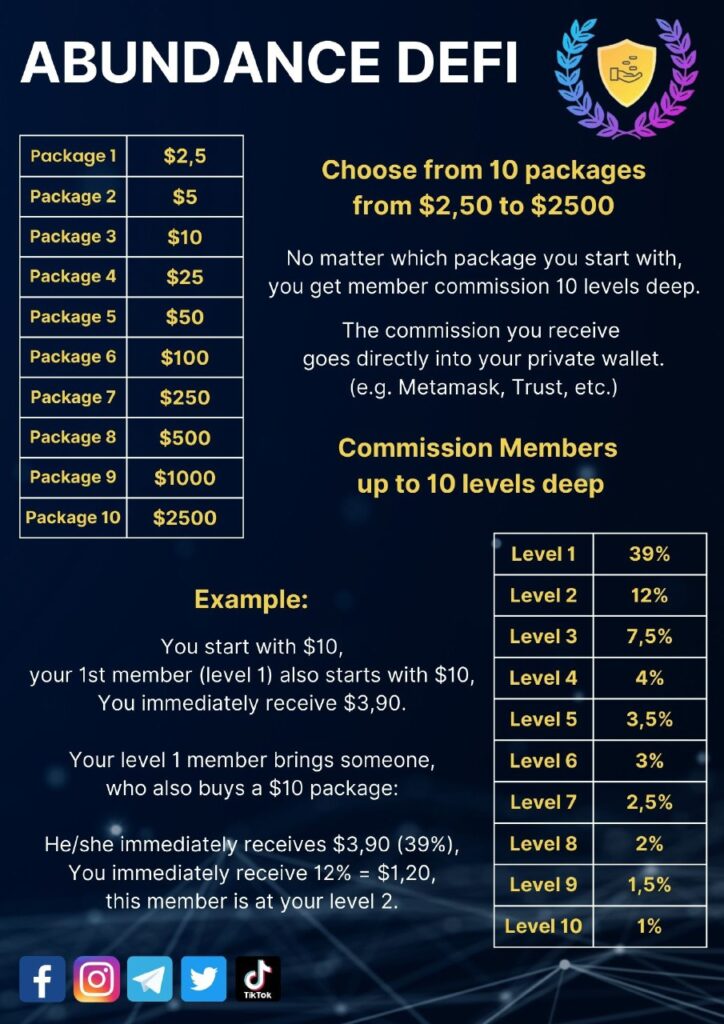The Business of Formula 1: Understanding the Money Behind the Sport
Autosport involves a lot of money; many vehicles are engineering feats requiring millions of dollars in development. Formula 1 is likely the richest sport of all automotive disciplines; millions watch it, and each car features groundbreaking design solutions that push the engineering world forward.
The text below will go into great detail about the business and financial side of things related to F1. We will take a look at how it all operates behind the scenes, the salaries and contracts of the drivers, the ways the organizers run things, and some of the other commercial aspects.
The article won’t go about the betting side of things, even though F1 is quite popular among punters, especially compared to other automotive sports. If you want to learn more about betting on F1, you can check out other resources. For example, this article covering betting app in Nigeria is quite helpful.
Business and Team Owners
Formula 1 is quite decentralized, and the teams and promotion side of things aren’t owned by a single entity. Some teams are publicly invested and owned, for example, Ferrari, even though Enzo Ferrari holds many shares. The Red Bull GmbH conglomerate fully owns the Red Bull Racing team.
There’s also a Formula One Group, which is a number of companies responsible for all things promotional for Formula 1, with the main one being Formula One Management. Liberty Media owns the Formula One Group, and Stefano Domenicali is the CEO. Liberty Media isn’t owned by anyone, and its CEO is Greg Maffei.
The companies in the Formula One Group include:
- Formula One Management. As we already mentioned, this is the main one. it holds the right for most of the promotion and TV broadcasts.
- Formula One Licensing BV. This company owns several trademarks, including the F1 logo.
- Formula One World Championship Limited. This one controls commercial rights.
Getting Money for Design and Engineering
The teams usually use the money coming from investors and promotions to improve their technical capabilities. The teams must make some parts of their cars, and the organizers officially refer to all teams responsible for supplying them as constructors. The constructors have their own accolades they can win. They usually make chassis and engines.
Drivers’ Contracts and Salaries
Being a top-of-the-class athlete in a sport full of money means the salaries can get quite high. While not all of them are open to the public, there’s still enough information, and some contracts aren’t private.
There are two main things to consider. The first one is that payments may vary significantly. A newcomer without clear prospects might expect to earn hundreds of thousands of dollars, but well-established and popular drivers can earn tens of millions annually. Of course, nobody is starving in Formula 1, but the range is still impressive.
The second thing is that while some argue that the upper limit must be capped, nobody still enforces any rules regarding it. This means that theoretically, a popular driver with a high level of skills can get any salary, and there are no limits. The organizers don’t include salaries in team budget restrictions, so there are no caps.
Max Verstappen is currently the highest-paid driver, with his contract with Red Bull providing him $55 million annually. So far, it seems that it’s the highest salary in the history of Formula 1. This doesn’t surprise anyone since he’s the reigning World Champion. Next, there’s Lewis Hamilton, one of the strongest drivers of the modern era and probably the most popular of this generation. His current contract with Mercedes will net him around $35 million, but there are talks that he will make even more money by the start of the next season.
Commercials and Advertising
Formula 1 is one of the most popular sports. The number of its viewers is quite high, with around half a billion people watching the sport on TV and over 1 million viewers per race, according to the ESPN1 sports channel.
Commercials, ads, various campaigns: unsurprisingly, serious money is going on behind the scenes. Global Data shows that sponsorship revenue for the 2023 season will be around $360 million. There are significant contracts, one of the largest being from Qatar Airways, signed in 2021 and continuing to last until 2027. According to some sources, this one involved $300 million. Other large partnerships for the 2023 season included Oracle sponsoring the Red Bull Racing team, Duracell sponsoring Williams, and Shell working with Ferrari.
Conclusion
Formula 1 involves a lot of money: sponsorships, contracts between teams and drivers, direct investing, and all of that. This usually pays off for the sponsors and investors since the sport is highly watchable.
This article covered exactly how the business works behind the scenes at F1. We looked at various aspects of the discipline, including different information, listed drivers’ salaries, and huge partnership deals. The text includes many different pieces of information, so we hope you will find it useful.





